
History of the Psychoactive Drugs
Various different types of psychoactive drugs have been usedever since the dawning of mankind. Cavemen used to enjoy various differenttypes of deliriants, dissociatives and psychedelics way back in the Stone Age. Numeroustribal cultures around the world still use such psychoactive drugs to this day.Different types of drugs taken depend on the surrounding ecosystems, and mostof them can be found growing wild. In most cases they include psychedelic cactior mushrooms, but there are others as well. Such tribal cultures usuallyassociate those drugs with certain forms of religious practices of significant spiritualimportance. The amanita muscaria mushroom is one of the oldest psychoactivedrugs known to man as it was used ever since the times of the Ancient India.Once mankind discovered agriculture, it was inevitable for the new psychoactivedrugs to emerge as a natural by-product of farming. The most commonly used onesinclude cannabis, opium and alcohol which came as a derivative of fermentedfruits or cereals. Herblores were getting quite common in various societies asthey involved numerous herbs which could be used for the treatment of differentmental of physical problems. Once the modern societies embraced the mainstreammedical establishment, the use of traditional herbal remedies slowly grewunpopular. The number of important psychiatric drugs developed out of analysisof organic compounds dramatically grew over the years and it slowly led to theexplosion of new psychopharmacologic drugs on the market. During the 1950salone there were numerous new classes of pharmacological agents discovered andthe most common ones include antidepressants and tranquillizers. Along those,the popularization of empathogens such as the MDMA and psychedelic drugs suchas psilocybin and LSD also took place. Affective disorders and manic depressionwas treated with lithium for the first time. The market also saw theintroduction of numerous antipsychotic agents which were very efficient inblocking the dopamine receptors in the brain. The most common ones includethioridazine, haloperidol, chlorpromazine and thiothixene. Antipsychotic drugsare very efficient in reducing the symptoms such as anxiety, agitation,hallucinations and delusions. Too much tranquilizers may lead to the loss ofmuscular coordination and slower reflexes. Other unwanted side effects mayinclude dependency, psychosis, jaundice, sweating, rapid pulse and heartpalpitations.
Drug Induced Mood Disorder
Psychopharmacology is a study of all different types ofchanges in behavior, thinking, sensation and mood, induced exclusively bydrugs. Its field includes a wide range of substances which are all characterizedby a vast array of psychoactive properties. Contrary to the popular belief,psychopharmacology does not focus on recreational drugs as their interactionsare rather unpredictable and very hard to monitor. It deals mostly with commercialand professional fields of pharmacology. Most studies conducted in the field ofpsychopharmacology are associated with the alleviation of symptoms and certain modificationsof behavior, especially in psychiatric medication which deals with thetreatment of numerous different forms of mental disorders. One of the main focuses of psychopharmacologyis the psychoactive and chemical interaction of the brain. There are numerousdifferent types of psychoactive drugs and some of them are derived from variousdifferent types of natural sources, including animals and plants. Some othertypes of psychoactive drugs are derived from artificial sources and chemicallaboratories. All of them are designed so that they may interact with receptorsin the nervous system, which leads to the occurrence of changes in bothpsychological and physiological functions of the patients. These interactionsare medically referred to as drug action, while the drug effect is the termcommonly used for the aforementioned psychological and physiological changes.
Guidelines of Psychopharmacology
All drugs that affect the behavior of a person have somecontact with certain neurons in the brain. The route of administration of suchmedications relies largely on the vulnerability of the drug to metabolism, sizeof the drug molecule, ionic characteristics of the drug, solubility of the drugand the effects of the drug on the local tissue. In most cases, such drugs areadministered orally, so they get absorbed into the bloodstream through thewalls of the intestines and the stomach. There are other means ofadministration which are characterized by a much more sustained and slower rateof delivery and those include intramuscular, transdermal and subcutaneousroutes. The faster drug effects are associated with intravenous orintraarterial injections or inhalation of drug vapors. Some drugs are alsoassociated with injections directly into the spinal cord or the brain. These arecalled intrathecal and intracranial injections, respectively. The rate ofmetabolic inactivation of the drug is a value which determines the duration ofthe drug action. All the metabolites get removed from the body simply as wasteproducts by exhalation through the lungs, by sweating through the skin, bymeans of urination and by means of excrement.


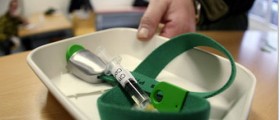


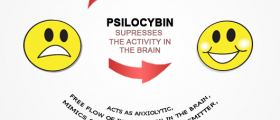


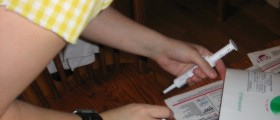






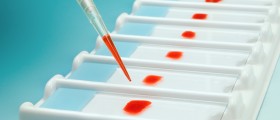
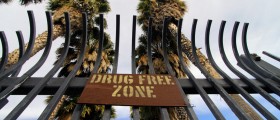
Your thoughts on this
Loading...